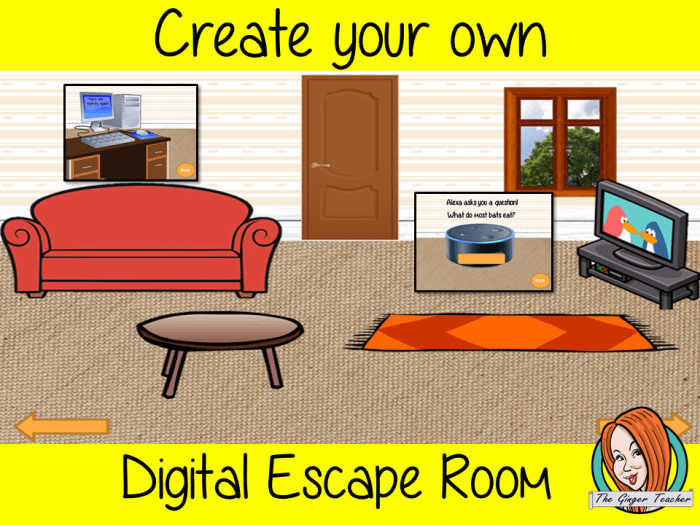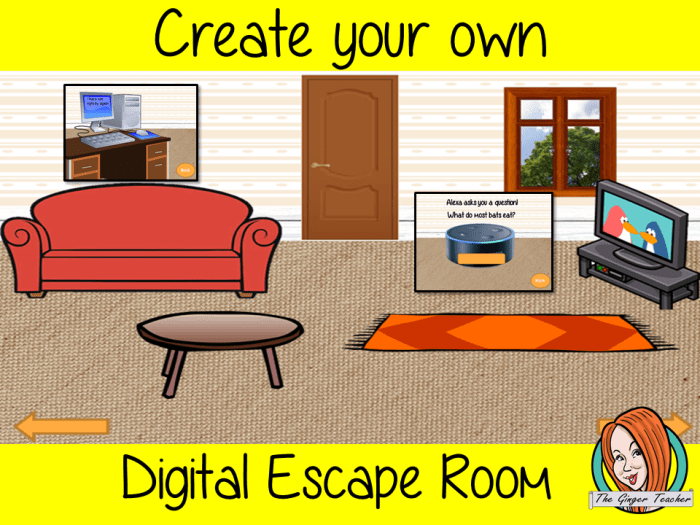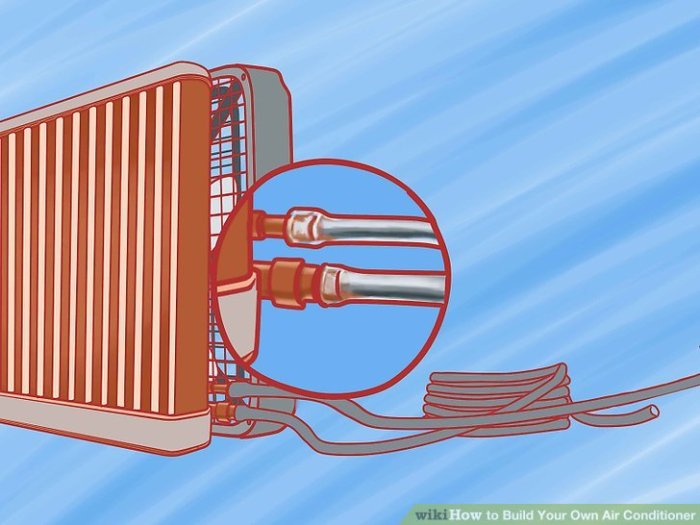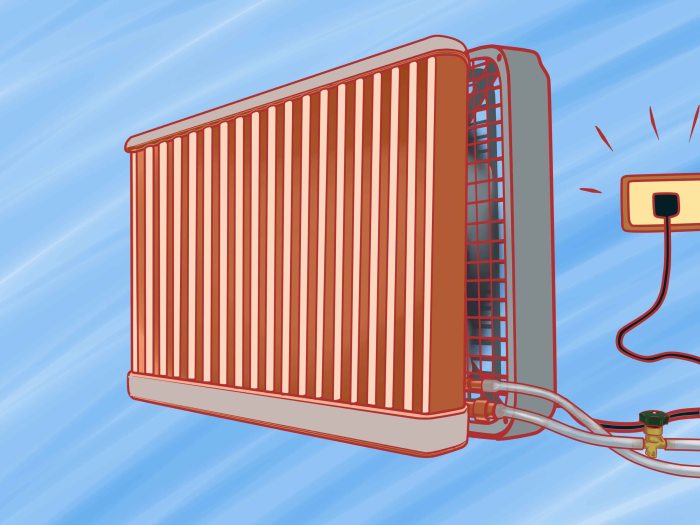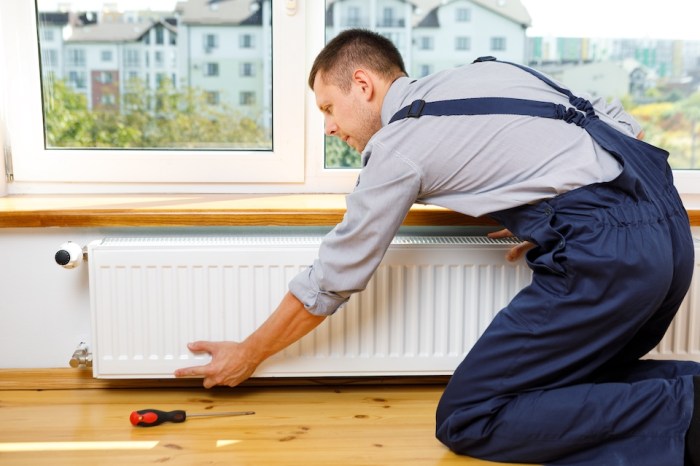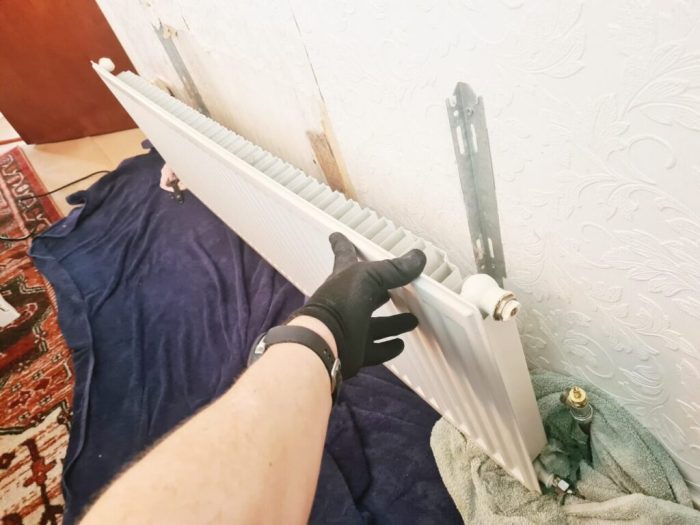Make a Memory Box: A journey into preserving precious moments. This project isn’t just about assembling items; it’s about crafting a tangible representation of your life’s narrative, a treasure trove of cherished memories. From carefully selecting photos and letters to designing a personalized container, this guide will walk you through creating a meaningful keepsake.
Delve into the process of selecting, organizing, and preserving memories in a beautiful and meaningful way. We’ll explore various materials, design concepts, and organizational strategies to help you create a unique memory box that will stand the test of time. Discover the emotional depth of this craft and learn how to share these memories with loved ones.
Understanding the Concept of a Memory Box
A memory box is more than just a container; it’s a tangible representation of our past, a carefully curated collection of cherished moments. It acts as a personal time capsule, holding fragments of our lives that evoke powerful emotions and remind us of who we were, and who we are becoming. The process of creating and maintaining one fosters a deeper connection with our history.Creating a memory box is a deeply personal journey, a process of reflection and selection.
It allows us to relive significant moments, from joyous celebrations to quiet moments of contemplation. It’s about recognizing the importance of these experiences and preserving them for future reference.
Purpose and Significance
A memory box serves as a repository for precious memories, fostering a sense of nostalgia and connection to the past. It allows us to revisit cherished moments and relive emotions associated with those events. The act of collecting and organizing memories within the box strengthens our connection to our personal history and can be a powerful tool for personal growth.
Examples of Memories to Store
The contents of a memory box can vary widely, reflecting the individual’s unique experiences. These can include photographs, letters, ticket stubs, concert programs, mementos, or even small objects that symbolize specific events. For instance, a faded ticket stub from a first concert can evoke the excitement of youth. A handwritten letter from a loved one can bring a sense of warmth and connection.
A worn-out teddy bear from childhood could hold a wealth of comforting memories.
Types of Memory Boxes
Memory boxes can take various forms, from the traditional physical box to the more modern digital archive. Physical memory boxes are tangible containers that hold physical mementos. Digital memory boxes utilize technology to store and share memories, often in the form of photo albums, online scrapbooks, or video recordings. Each type offers unique advantages in terms of accessibility, preservation, and sharing.
Emotional Connection
The emotional connection to a memory box is profound. The act of collecting and arranging items within the box evokes feelings associated with each memory. Holding a cherished photograph, for example, can trigger a flood of emotions, reminding us of the joy, love, or even sorrow associated with that specific moment. The tactile experience of touching items adds a layer of depth to the emotional connection.
Comparison with Other Memory Preservation Methods
Compared to other methods of memory preservation, such as journaling or video recordings, a memory box offers a unique sensory experience. Journaling provides a detailed written account of events, while video recordings capture visual and auditory details. However, a memory box combines these elements with the tactile and visual experience of physical objects. This multi-sensory approach often creates a more profound and evocative connection to the past.
Making a memory box is a fantastic way to preserve precious moments. It’s like capturing a fleeting feeling and tucking it away for later. You could even include something like a queen ant, carefully collected and documented in a similar way to Catch a Queen Ant , a fascinating little creature with its own unique life cycle.
This helps you remember the process of collecting it as well as the memory itself. Ultimately, the memory box becomes a tangible representation of your journey, a personalized time capsule.
The tangible nature of a memory box allows for a more intimate and personalized connection with the memories it holds, unlike a purely digital record.
Materials and Supplies for Crafting a Memory Box
Crafting a memory box is more than just collecting items; it’s a journey of preserving cherished moments and creating a tangible representation of your life’s narrative. The materials you choose play a crucial role in the box’s aesthetic appeal and the overall experience it offers. Careful selection of materials can elevate the box from a simple container to a truly meaningful keepsake.The right materials not only enhance the physical appearance of the memory box but also contribute to its emotional resonance.
Selecting items that evoke strong feelings and memories is essential for transforming the box into a personal sanctuary. This process involves considering not only the aesthetic appeal but also the sentimental value each item holds. Choosing the right containers and embellishments is key to creating a box that resonates with the memories it encapsulates.
Essential Materials
The core materials for a memory box are the container, decorative elements, and sentimental objects. A sturdy and visually appealing container is the foundation. Decorative elements like fabric, paper, or paint can personalize the box and create a unique aesthetic. Finally, sentimental objects, such as photographs, letters, or small mementos, are the heart of the memory box, adding emotional depth to the entire experience.
Aesthetic Choices and Customization
Customization options are vast and depend entirely on your preferences. You can choose from a variety of colors, patterns, and textures for the container and decorative elements. Embellishments such as ribbons, buttons, and lace can add a touch of elegance and personality. Consider the overall theme of the memories you wish to encapsulate, and let that guide your choices.
For example, a vintage-themed memory box might feature a wooden container, lace trim, and sepia-toned photographs. Conversely, a modern memory box could utilize a sleek metal container, with geometric patterns and contemporary art prints.
Making a memory box is a fantastic way to preserve cherished moments. Thinking about all the amazing music, like the lineup for Animal Collective, Godspeed You! Black Emperor, Deerhunter, Diplo, Chromatics, and Glass Candy playing at MusicfestNW, this year’s lineup is shaping up to be epic. It’s a great way to capture these incredible moments in a physical form to relive them later, just like a memory box would.
Types of Containers
A wide array of containers can serve as memory boxes, each with its own unique characteristics. Cardboard boxes are budget-friendly and versatile, suitable for a variety of memory types. Wooden boxes offer a classic and elegant touch, suitable for special occasion memories. Fabric-lined boxes create a soft and cozy atmosphere, perfect for storing delicate items. Glass containers, due to their transparency, are ideal for showcasing cherished items.
Making a memory box is a great way to preserve those special moments. While you’re crafting it, why not put on some chill tunes like Gucci Mane’s new mixtape, El Gato the Human Glacier ? The perfect soundtrack to help you reflect on those cherished memories as you assemble your box. It’s a fantastic way to add a little extra ambiance to the process.
Ultimately, the choice depends on the desired aesthetic and the type of items to be stored.
Sentimental Objects
The inclusion of sentimental objects is critical to the memory box’s purpose. These objects should be carefully selected to evoke specific memories and emotions. Photos, letters, tickets, and small mementos can all hold significant meaning and create a powerful connection to the past. Choosing objects that evoke strong feelings and memories is key to transforming the box into a personal sanctuary.
Alternative Decoration Materials
Beyond traditional embellishments, various alternative materials can add unique character to your memory box. Dried flowers, pressed leaves, or small sculptures can add a touch of nature and creativity. Fabric scraps, patterned papers, and even beads can be used to create intricate designs and patterns. These alternative materials can reflect your personal style and add a layer of individuality to the box.
Materials Suitability Table
| Material | Description | Suitability |
|---|---|---|
| Cardboard | Sturdy and versatile | General use, inexpensive |
| Fabric | Soft and decorative | Lining, embellishments, adding texture |
| Wood | Durable and elegant | Special occasion boxes, adding a classic touch |
| Glass | Transparent and delicate | Showcasing items, creating a display |
Designing and Organizing the Memory Box: Make A Memory Box

A memory box isn’t just a container; it’s a tangible representation of cherished moments. Designing its layout and meticulously organizing its contents are crucial steps in preserving these memories for future reflection and enjoyment. This process allows us to engage with our past, present, and future in a profound way, fostering a deeper understanding of ourselves and the people around us.Careful planning ensures the box becomes a meaningful repository, not just a jumbled collection of items.
By thoughtfully structuring the box and selecting appropriate items, you transform it into a personal time capsule, a source of joy and connection.
Basic Layout for a Memory Box, Make a Memory Box
The design of your memory box should reflect the types of memories you want to preserve. A basic layout might include sections for photographs, letters, mementos, and even small notes or ticket stubs. Consider creating designated spaces for specific types of memories, such as vacations, milestones, or relationships. This organization allows for easier retrieval and exploration of particular memories.
Clear labeling of these sections can enhance the overall experience.
Selecting Items for the Memory Box
Careful selection of items is key to the memory box’s success. Start by considering the types of memories you wish to encapsulate. Ask yourself what truly represents significant moments or relationships. Don’t just collect items; select those that evoke strong feelings or carry special meaning. This process requires reflection and emotional connection to the items you choose.
Prioritize quality over quantity.
Preserving and Protecting Items
Preserving the items inside the memory box is vital to maintaining their integrity. Proper storage methods will ensure longevity and prevent damage. For example, photographs should be carefully mounted or placed in acid-free sleeves. Sensitive documents and papers should be stored in archival-quality folders. Think about the potential for fading, warping, or deterioration, and take measures to prevent these issues.
This meticulous care will guarantee that the contents remain as pristine as possible.
Creating a Narrative within the Box
Creating a narrative within the memory box elevates its significance. Think of the stories behind the items you choose. Include handwritten notes, anecdotes, or descriptions of events that happened. These narratives add context to the items and transform the box into a personalized scrapbook. The more detailed the descriptions, the richer the experience for the future viewer.
Categorizing Memories
Categorizing memories within the memory box facilitates easier retrieval and exploration. Common methods include:
- Chronological: Arranging items by date or time period. This approach provides a linear progression of events, offering a sense of the passage of time.
- Thematic: Grouping items based on themes or topics. For example, you might create sections for “Family Vacations,” “School Years,” or “Significant Relationships.” This allows for focused exploration of particular experiences.
- Personal: Categorizing items based on their individual significance to you. This method is highly personal and reflects the importance of specific memories to the individual. This allows for exploration and reflection on what shaped you as a person.
Organizational Systems for a Memory Box
Different organizational systems can enhance the memory box’s usability. Here’s a table illustrating various methods:
| System | Description | Advantages |
|---|---|---|
| Chronological | Arranging items by date or time period. | Easy to follow the progression of events. |
| Thematic | Grouping items based on themes or topics. | Focused exploration of particular experiences. |
| Personal | Categorizing items based on individual significance. | Meaningful and insightful to the owner. |
Preserving and Displaying Memories Inside

Crafting a memory box isn’t just about collecting items; it’s about preserving the stories they tell. This crucial step ensures your cherished mementos remain intact for future generations to appreciate. Proper preservation and display techniques transform a simple box into a time capsule, a tangible link to the past.Effective preservation goes beyond simply placing items in a box.
It involves understanding the unique needs of each item and employing suitable methods to prevent damage or deterioration. Thoughtful display enhances the storytelling aspect, allowing each piece to contribute to the overall narrative of your memory box.
Preservation Methods for Physical Items
Careful preservation methods are essential for maintaining the integrity of your memories. Using appropriate materials and techniques will ensure your items remain in pristine condition for years to come. Protecting these tangible links to the past ensures they can be enjoyed for generations.
- Photographs: Mounting photographs on acid-free boards is a crucial step to prevent fading and deterioration. Acid-free materials are specifically designed to not react with the chemicals in photographs, preserving their vibrancy. This method is particularly important for preserving old or valuable photographs, as the quality of the paper and inks can degrade over time. Carefully selecting mounting boards and using archival-quality adhesive ensures the long-term integrity of the images.
- Letters and Documents: Archival-quality envelopes and folders are vital for preserving letters, documents, and other paper items. These materials are specifically designed to resist acidity and other environmental factors that can damage paper. Using acid-free tissue paper or acid-free sleeves can also protect fragile documents from dust, dirt, and moisture.
- Small Objects: Display cases or boxes are perfect for preserving small, delicate items. These containers protect objects from dust, light, and damage. Choose materials that won’t react with the objects inside, ensuring their long-term preservation. For particularly delicate items, consider using specialized display cases with climate control features.
Display Techniques for Effective Storytelling
The way you display items significantly influences how your memory box tells its story. A well-organized and thoughtfully presented collection enhances the viewer’s experience and allows the memories to resonate more deeply. A curated display brings the narrative to life.
- Photographs: Arrange photographs in a chronological order or by theme. Use acid-free mounting boards to showcase photos effectively. Displaying them in a visually appealing manner, like a timeline or a thematic grouping, will engage viewers and enhance the storytelling. Consider using matting to highlight specific photographs and create visual interest.
- Letters and Documents: Display letters and documents using archival-quality folders or display cases. Arrange them in a logical sequence to maintain the narrative flow. For example, letters from a particular period could be grouped together. Include captions or labels to provide context for each item and help viewers understand the story behind the document.
- Small Objects: Display small objects using display cases or boxes, keeping in mind the delicate nature of the items. Arrange them in a way that showcases their beauty and adds to the story. A thematic arrangement, for instance, grouping items that relate to a specific event, can further enhance the visual narrative.
Suitable Containers for Different Items
Choosing the right container for each item is crucial for its preservation. Consider the size, shape, and material of the container to ensure it protects the item and enhances its presentation. The container plays a critical role in protecting and highlighting the items.
- Photographs: Acid-free albums, boxes, or portfolios are ideal for displaying photographs in an organized manner. These containers provide protection and allow for a visually appealing presentation.
- Letters and Documents: Archival-quality folders, boxes, or portfolios are perfect for organizing and preserving letters and documents. These materials protect the paper from damage and deterioration.
- Small Objects: Display cases, small boxes, or decorative containers provide a secure and attractive way to showcase small objects. Choose containers that are appropriate for the size and type of object.
Preservation Methods Table
Sharing and Reflecting on Memories
Creating a memory box is more than just collecting items; it’s a journey of personal discovery and connection. The process of selecting, organizing, and preserving these mementos fosters a unique relationship with the past. It’s a tangible representation of cherished moments, and the act of sharing and reflecting on these memories deepens their impact.Sharing these curated treasures allows for a powerful exchange of stories and emotions.
It bridges gaps between generations, and strengthens bonds with loved ones. The act of reflection, triggered by these carefully chosen items, provides a unique lens through which to view past experiences, fostering personal growth and understanding.
Stories of Memory Box Creation
Many individuals have found profound meaning in creating memory boxes. A grandmother, meticulously assembling a box filled with photographs and letters from her children and grandchildren, discovered a newfound appreciation for the love and support within her family. This act of preservation transformed her perspective on the passage of time and the enduring nature of family bonds. Another person, inspired by a lost photograph, sought to document their own memories of a cherished trip, creating a detailed box filled with maps, tickets, and personal notes.
This project served as a reminder of the significance of travel and the importance of capturing fleeting moments. Each story is unique, but the common thread is a powerful connection to the past.
Importance of Sharing Memories
Sharing memories with others enriches the experience for everyone involved. A shared laugh over a childhood photograph or a reflective discussion about a significant event can strengthen bonds and create lasting connections. When memories are shared, they become a part of the collective narrative of a family or community, weaving together individual stories into a rich tapestry of shared history.
The process of recounting memories and hearing others’ perspectives fosters empathy and understanding.
Methods for Reflecting on Memories
Reflecting on memories in a memory box can take various forms. One can simply sit and examine the contents, allowing the items to trigger personal reflections. Writing down thoughts and feelings associated with each item or creating a narrative based on the contents can further deepen the reflective process. Looking at photographs and reading handwritten letters can transport you back in time, rekindling emotions and sensations.
Engaging in conversations with others about the memories represented in the box can lead to deeper understanding and appreciation.
Emotional Benefits of Creating and Revisiting a Memory Box
Creating a memory box can offer a multitude of emotional benefits. The act of collecting and organizing items can be a therapeutic exercise, allowing one to process emotions and gain closure. Revisiting these memories, particularly through the physical objects within the box, can evoke powerful feelings of nostalgia and comfort. These tangible reminders of past experiences can provide a sense of grounding and connection to one’s identity and heritage.
The process can also be a source of joy, peace, and contentment.
Comparing and Contrasting Sharing Experiences
Sharing memories with different people can lead to varied experiences. Sharing with a close friend might involve laughter and shared understanding, while sharing with a family member could evoke a sense of connection and family history. Sharing with a stranger or someone who wasn’t directly involved in the memory can open a window to a new perspective. These different interactions can highlight the diverse ways in which memories are perceived and interpreted.
Benefits of Reflecting on Memories in a Memory Box
| Benefit | Description |
|---|---|
| Emotional connection | Reconnecting with past feelings and emotions associated with the memory. |
| Sense of nostalgia | Experiencing feelings of longing, warmth, and fondness for the past. |
| Personal growth | Gaining perspective on past events, recognizing personal development, and understanding how experiences have shaped who you are today. |
Closing Notes
Crafting a memory box is a deeply personal and rewarding experience. It’s about more than just preserving objects; it’s about preserving feelings, connections, and stories. This guide offers a comprehensive framework for creating a memory box that reflects your unique journey and allows you to revisit cherished moments. Let your memories live on, beautifully preserved within a tangible keepsake.
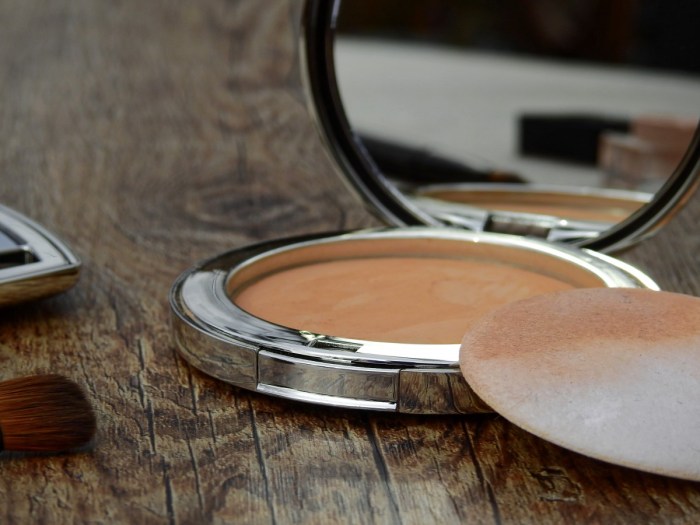
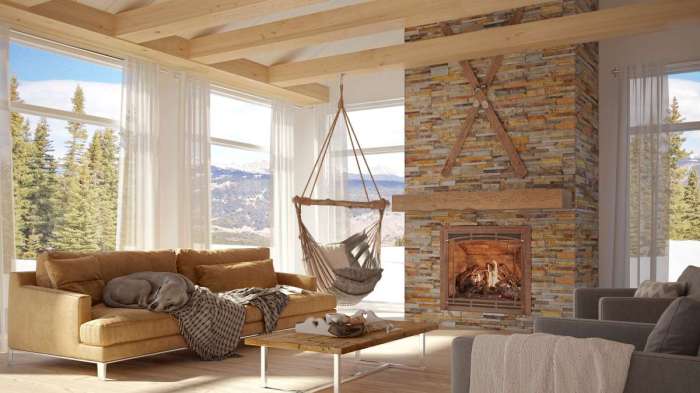
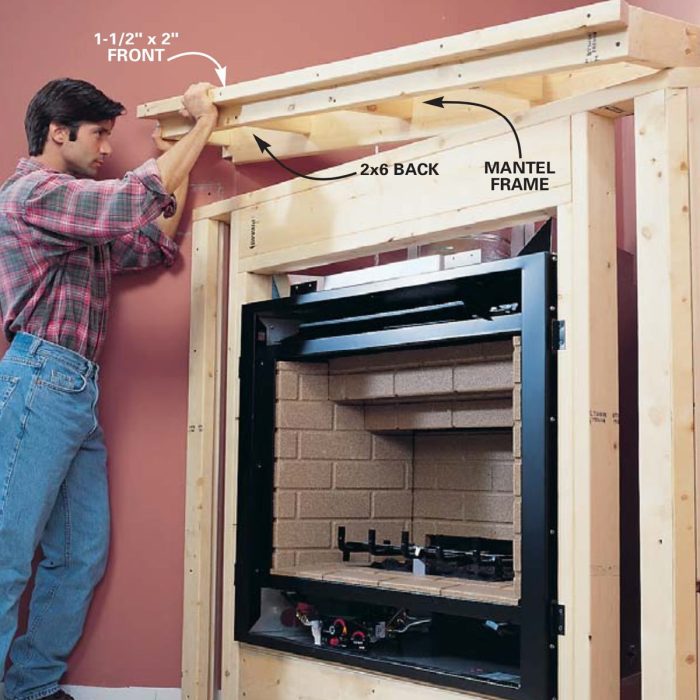








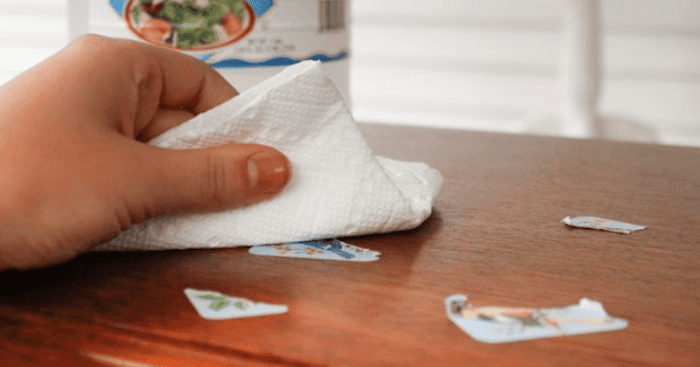
![How to Remove Stickers from Wood [10 Easy Ways] Get Stickers off Wood](https://owlgriffin.com/wp-content/uploads/2025/06/how-to-remove-stickers-from-wood-1.jpg)
